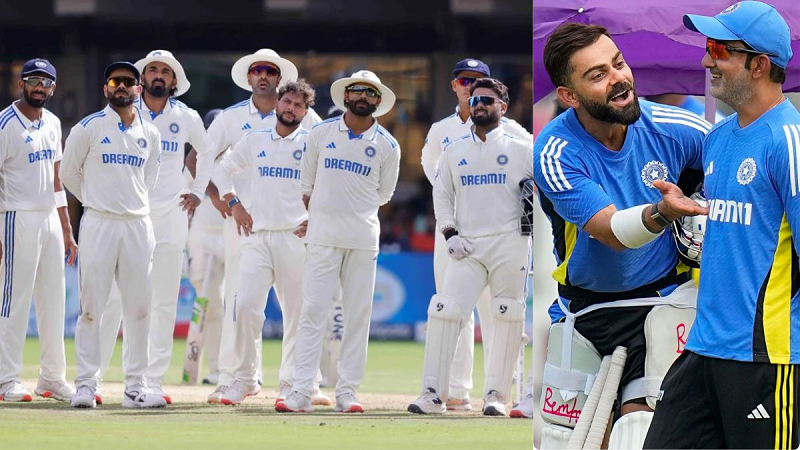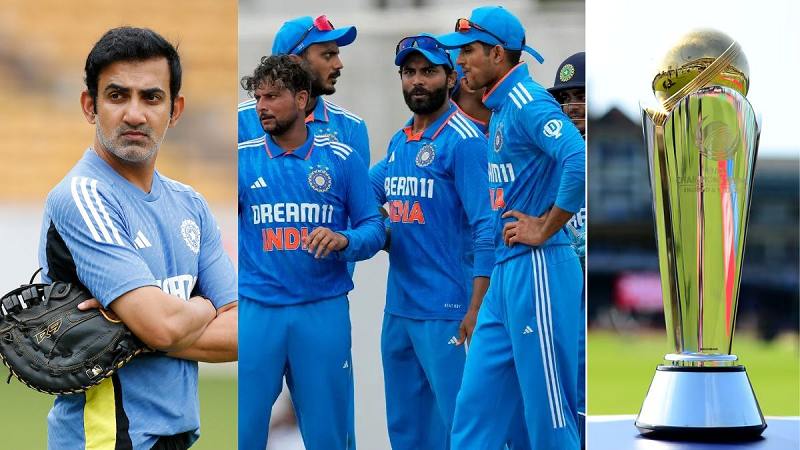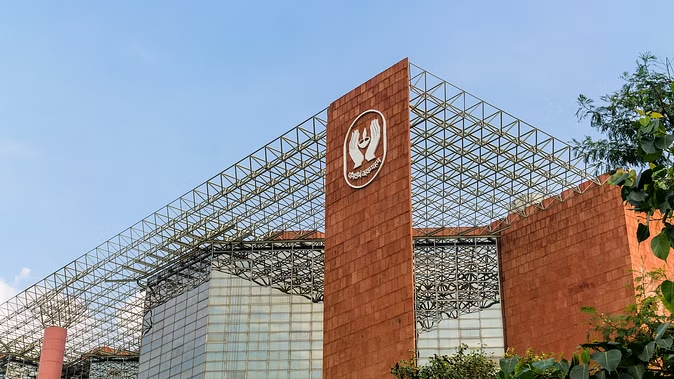Whenever we talk about Lord Jagannath, the first thing that comes to our mind is the RathYatra. This yatra is very special and people from all over the country take part in it. Lord Jagannath is accompanied by his brother Balarama and sister Subhadra on this journey.

This journey lasts for 12 days and has special significance. Even today, during the RathYatra, Lord Jagannath leaves for the Gundicha Devi temple at his aunt's house. There is a practice that the idols of the temple of Jagannath temple are still incomplete and they are changed after every 12 years. Let us know about the reasons for this from astrologer Dr Aarti Dahiyaji.
Why idols are changed after 12 years
It is believed that the idols of the Jagannath temple are changed after every 12 years. The Jagannath temple has wooden idols of Lord Jagannath, Balabhadra and sister Subhadra. The tradition of changing these idols every 12 years has been going on for centuries.

Not only this but at the time when the idols are changed, the lights of the entire city are switched off and darkness is everywhere. This is done for the reason that the process of changing the idols can be kept secret. While changing the idols only one head priest is present there and he is also blindfolded. This is done so that the process of changing the idols remains completely confidential.
Sri Krishna's heart still beats in Puri
It is believed that when Lord Krishna left his body, his heart remained in Puri and even today he is present in the form of Brahma among the idols. When Shri Krishna was cremated, he left his heart. Lord Jagannath is physically present in the idols here, hence his worship is still considered auspicious by the devotees.
Navakalebara is the process of changing idols.

The idols of Lord Jagannath, Balabhadra and Subhadra are replaced every 12 years and this ritual is called Navakalebara. There are many reasons for this, some of which we are telling you -
- Since the idols of Jagannathji are made of wood and there is a fear of decay, they are changed after every 12 years. Since these idols are made of neem wood and they are prone to wear and tear, it is better to replace them. It is believed that if the idols are not replaced then there is a fear of their spoiling.
- In Hinduism, idols are not just representations of deities but are also seen as actual manifestations of the deities themselves. Thus, it is believed that the idols of Lord Jagannath, Balabhadra and Subhadra are not inanimate, but living beings that need more care.
- The Navakalebara ritual is a way of renewing the energy of the deities. The Navakalebara ritual is seen as a way of renewing the energy and life force of the deities. In this, by replacing the old idols with new idols, it is believed that the deities will continue to bless their devotees even further.
- The Navakalebara ritual is a major event in the Hindu calendar and is celebrated with great pomp and ceremony. Lakhs of devotees from all over the world come to Puri to witness the rituals and pay their respects to the deities.
Special features of the Navakalebara ritual
- The chief priest of the Jagannath temple first selects the right trees for the new idols. Trees should be of neem only, which should be at least 100 years old and should not have any kind of defect in them.
- These trees are cut and brought to the temple. The wood is then carved into the shape of the three deities. The new idols are then decorated with clothes, ornaments and decoration materials.
- The old idols are then taken to a special place in the temple called KoiliBaikuntha. After this, the old idols are immersed in KoiliBaikunth itself.
- The new idols are then installed in the sanctum sanctorum of the Jagannath temple and the new idols are then worshipped by the devotees.
- The Navakalebara ritual symbolizes the impermanence of life and the importance of renewal.
The practice of changing the idols of the Jagannath temple has been going on for many years and has special significance.
Images: Freepik.com










